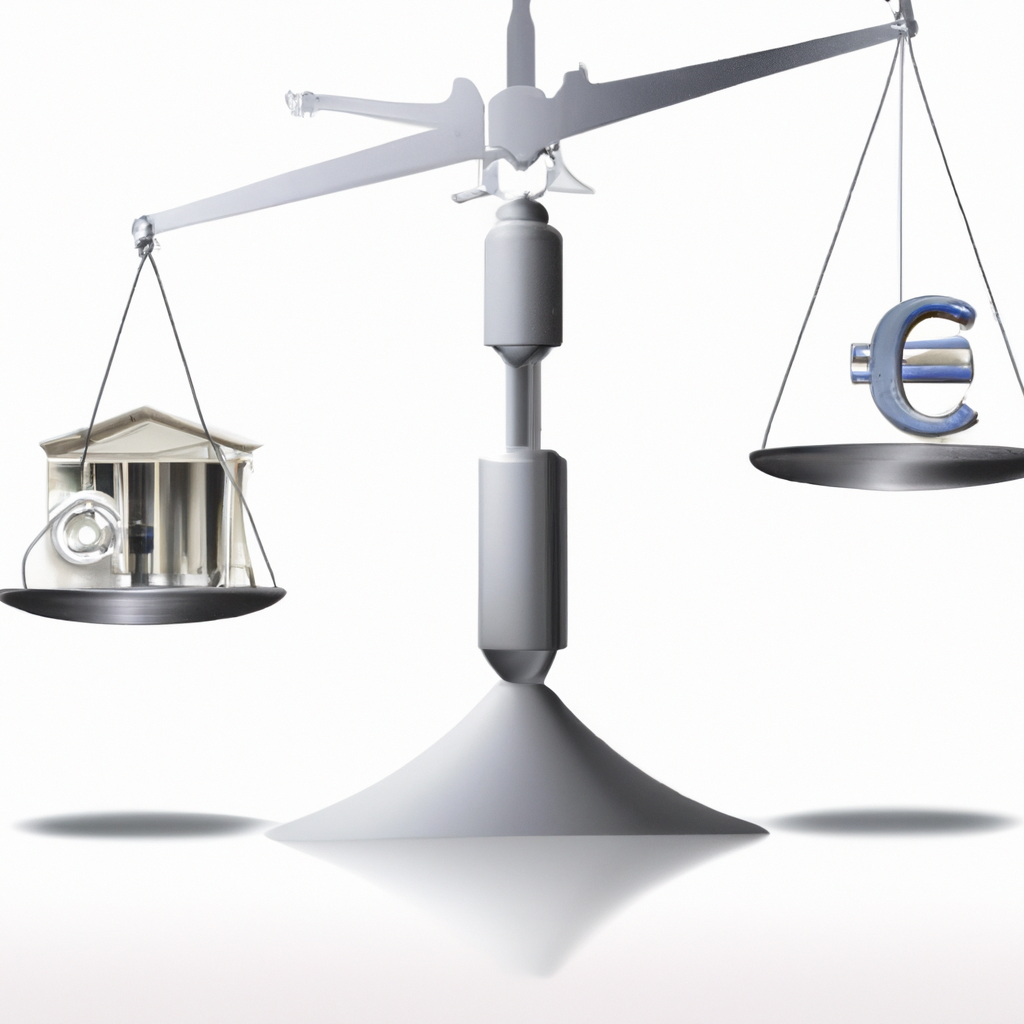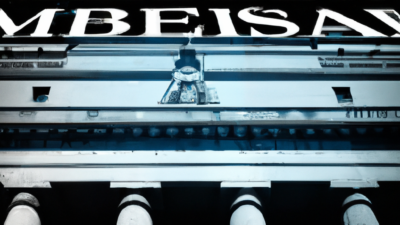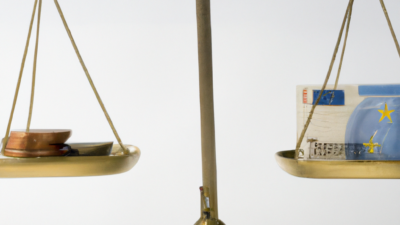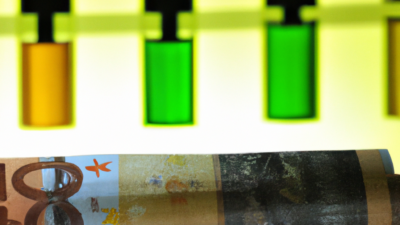In the intricate dance of global economics, few instruments wield as much influence as monetary policy. This critical tool, wielded by central banks, shapes the financial landscape by controlling the supply of money and interest rates, thereby steering economic growth, inflation, and employment levels. But while its effects are felt by every individual and business, the inner workings and current positioning of monetary policy often remain shrouded in complexity and confusion. As we navigate an era marked by unprecedented challenges—from the lingering impacts of the COVID-19 pandemic to geopolitical tensions and rapid technological advancements—it becomes increasingly essential to ask: where is monetary policy today? This article aims to demystify the current state of monetary policy, explore its recent evolutions, and examine its implications for economies and societies around the world. Join us as we delve into the mechanisms, strategies, and global perspectives that define the present and future of monetary policy.
Certainly! Below is a suggested content outline for an article covering the topic "Where Is the Monetary Policy":
Monetary policy is typically formulated and implemented by a country’s central bank or monetary authority. The objective of monetary policy is to manage the supply of money and interest rates in order to achieve macroeconomic goals such as controlling inflation, managing employment levels, and maintaining financial stability.
In the United States, the Federal Reserve (often referred to as the Fed) is responsible for monetary policy. The Federal Open Market Committee (FOMC) is a key component of the Fed that meets regularly to set interest rates and other monetary policy measures. Similarly, in the European Union, the European Central Bank (ECB) performs this role for the Eurozone countries.
Monetary policy can be broadly categorized into two types: expansionary and contractionary. Expansionary monetary policy is used to stimulate the economy by increasing the money supply and lowering interest rates, which encourages borrowing and investment. Contractionary monetary policy, on the other hand, aims to reduce inflation by decreasing the money supply and raising interest rates, which can slow down economic activity.
The tools used in monetary policy include open market operations, the discount rate, and reserve requirements. Open market operations involve the buying and selling of government securities to influence the level of bank reserves and interest rates. The discount rate is the interest rate charged to commercial banks and other depository institutions on loans they receive from the central bank's discount window. Reserve requirements refer to the amount of funds that a bank must hold in reserve against specified deposit liabilities.
Monetary policy is crucial because it impacts various aspects of the economy, including consumer spending, business investment, exchange rates, and overall economic growth. Central banks must carefully balance these factors to achieve their macroeconomic objectives, often navigating complex and sometimes conflicting economic signals.
In recent years, unconventional monetary policy tools have also gained prominence, particularly in response to the global financial crisis and the COVID-19 pandemic. These include measures such as quantitative easing (QE), where central banks purchase longer-term securities to inject liquidity into the financial system, and negative interest rates, which aim to encourage lending and investment by making it costly for banks to hold excess reserves.
Overall, the location and execution of monetary policy are centralized within a nation's or region's monetary authority, which uses various tools and strategies to influence economic conditions and achieve policy goals.













